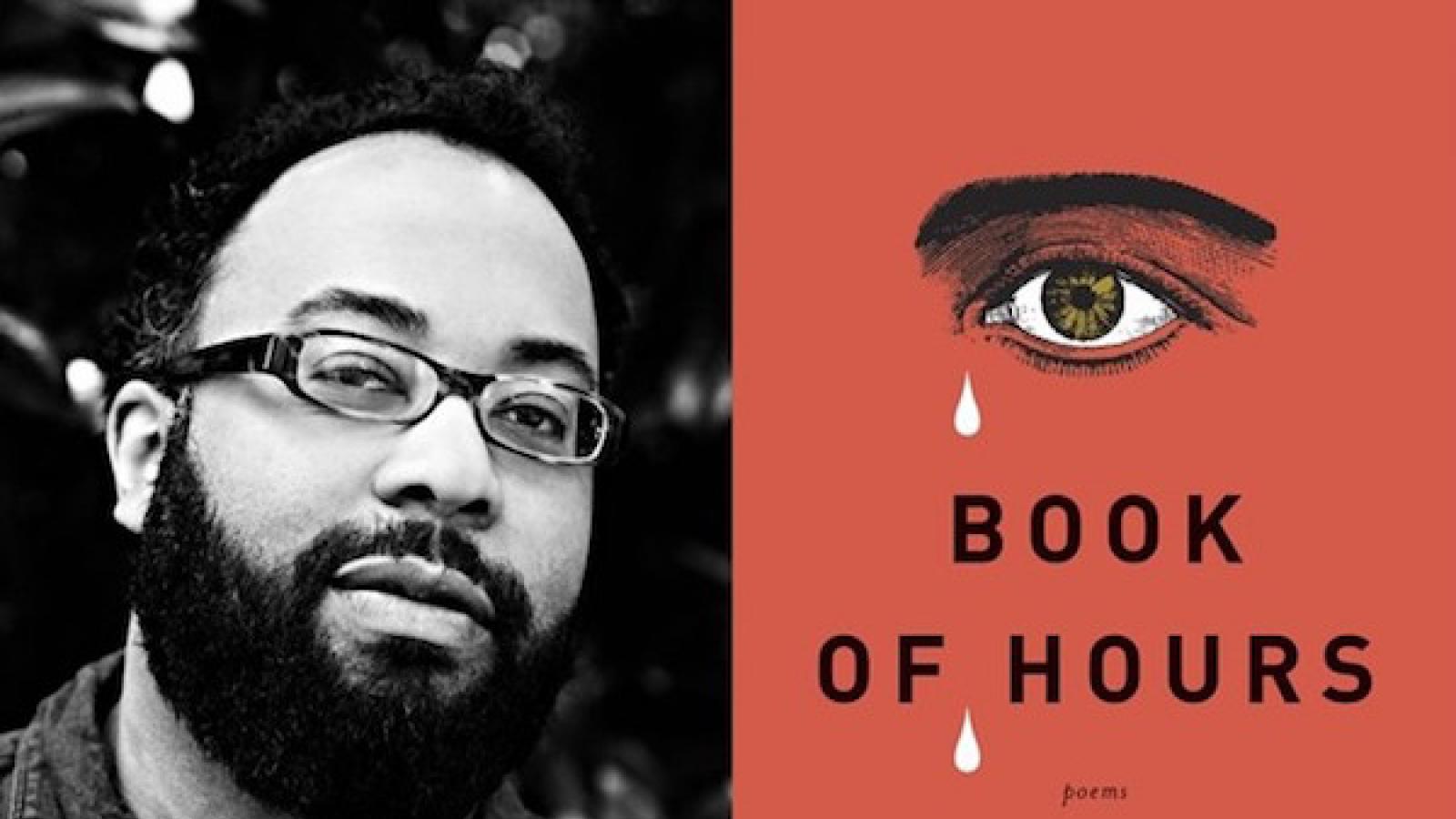To Borrow and To Burrow: A Look at the Dark Room Collective

What do NEA Big Read author Kevin Young* and current U.S. Poet Laureate, Tracy K. Smith, have in common? Other than being two of today’s most distinguished poets, Smith and Young both emerged onto the literary scene at Harvard University in the early 1990s as original members of an African-American literary circle known as the Dark Room Collective. Though not widely-known, the Dark Room Collective was active for 10 years and is considered by some one of the most influential literary circles in recent history. In fact, Smith and Young are not the only writers who began as Dark Room Collective members; former U.S. Poet Laureate Natasha Trethewey*, MacArthur Fellow and National Book Award winner Colson Whitehead, Carl Phillips, and Major Jackson* are just a few others.
The Dark Room Collective was established at Harvard in 1988, shortly after poets Sharan Strange and Thomas Sayers Ellis, then undergraduates, attended the funeral of James Baldwin. Strange and Ellis lamented the fact that they had never met the late literary hero and quickly realized the need to establish a face-to-face community of emerging African-American writers. Along with poet-composer Janice Lowe, Strange and Ellis began hosting gatherings on the third floor of their Victorian house in Cambridge. What was once a darkroom became a library filled with the works of black authors, and, thus, the Dark Room Collective was born.
These gatherings in the Cambridge Victorian began as a Sunday afternoon reading series. Early visiting writers included Elizabeth Alexander*, Cornelius Eady*, Alice Walker*, Yusef Komunyakaa*, and, later, bell hooks and John Edgar Wideman. There was a focus on mentorship, with one reading series pairing experienced writers with newer ones. As the Collective gained traction (and eventually outgrew the small space), activities moved to the Institute of Contemporary Art and later to the Boston Playwrights' Theatre. In these spaces the reading series developed to include workshops, art shows, and musical performances.
Although a focus on bringing together African-American literary heroes with the new generation was clear, the Dark Room Collective’s founding poets did not set out to follow one tradition. As Jeff Gordinier wrote of the group in a 2014 New York Times article:
“This group’s work departs stylistically from much of the black poetry that preceded it: It’s less about strife or racial identity than it is about the imagination taking wing, leading the poets to borrow from, and burrow into, history, pop culture, even quantum physics in new and surprising ways."For example, one of Kevin Young’s favorite subjects is food; he anthologized a collection in 2014 titled The Hungry Ear: Poems of Food and Drink. His collection in the NEA Big Read library, Book of Hours, tackles the major themes of grief, loss, and the birth of a child. Many Dark Room Collective writers might cite pioneers like Rita Dove* as a direct influence on their own work, but the group can altogether be characterized by its diverse aesthetics. The Dark Room Collective’s last performances were a series of “drive-by readings” at colleges and literary arts centers across the country, from 1996 to 1998. Although the group disbanded shortly after, its existence has had a major influence on today’s literary landscape. Energized by their participation in the reading series, Cornelius Eady and Toi Derricotte* founded Cave Canem Foundation, an NEA grantee that has launched many successful careers for black writers in recent years. On the impact of the Dark Room Collective, Natasha Trethewey has said that African-American poetry, once a “subset of American poetry,” is now “the very fiber of American poetry.” *NEA Literature Fellow Emma Bartley was an intern in the NEA's Literature Office in summer 2017. Learn more about Kevin Young’s Book of Hours on the NEA Big Read website.




